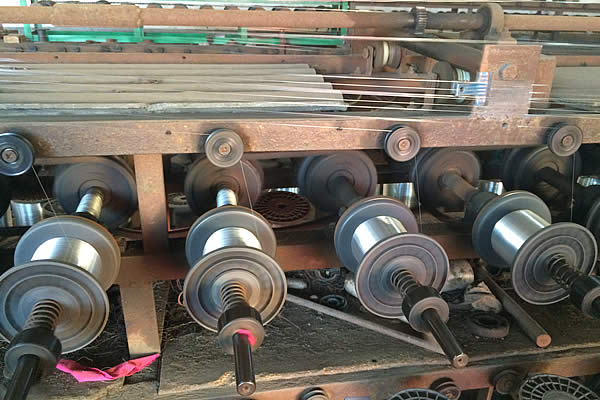 TEL:
+86-13102802206
TEL:
+86-13102802206
 Email:
fencenetting@china.com
Email:
fencenetting@china.com
 Language
Language
 TEL:
+86-13102802206
TEL:
+86-13102802206
 Email:
fencenetting@china.com
Email:
fencenetting@china.com
 Language
Language


Understanding Stainless Steel Bowden Cables Advantages and Applications
Stainless steel Bowden cables are crucial components used in a variety of applications, particularly in mechanical engineering and automotive industries. These cables consist of a flexible inner core surrounded by a stainless steel conduit, allowing for smooth and efficient transmission of force or motion. This article aims to explore the characteristics, advantages, and diverse applications of stainless steel Bowden cables.
Characteristics
Stainless steel Bowden cables are characterized by their robust construction and high resistance to environmental factors. The use of stainless steel ensures that the cables are not only durable but also resistant to rust and corrosion, making them suitable for both indoor and outdoor applications. Additionally, the inner core can be made from various materials including nylon or steel wire, depending on the specific requirements of the application.
The flexibility of the cable is another defining feature, which allows for intricate routing and installations in confined spaces. This flexibility comes from the sliding action of the inner cable within the outer sheath, facilitating smooth operation as it transfers force or motion from one point to another. Moreover, Bowden cables can be produced in various sizes and lengths, making them customizable for specific needs.
Advantages
One of the primary advantages of stainless steel Bowden cables is their longevity. The inherent properties of stainless steel provide exceptional resistance to wear and tear, meaning that the cables can perform effectively over prolonged periods without significant degradation. This reliability is essential in applications where precision and durability are paramount, such as in medical devices or automotive controls.
Another benefit is their ease of installation. The flexible design allows for routing through complex structures with minimal effort. This feature not only saves time during installation but also reduces the potential for errors, as the cables can be maneuvered in tight spaces without compromising their functionality.

Furthermore, stainless steel Bowden cables are lightweight yet strong. This characteristic is particularly beneficial in the automotive industry, where reducing weight can lead to improved fuel efficiency and better overall performance. They are also capable of handling considerable tensile loads, making them versatile for various high-demand applications.
Applications
Stainless steel Bowden cables are used in a multitude of applications across various industries. In the automotive sector, they are commonly used for control systems, such as throttle controls, gear shifters, and parking brakes. The reliability and smooth operation of Bowden cables play a critical role in ensuring safe and efficient vehicle performance.
In the world of machinery and manufacturing, these cables are employed in various automated systems. Their flexibility and robustness make them ideal for controlling machinery with precision, whether it be in conveyor belts, robotic arms, or other production equipment. The ability to transmit motion effectively can significantly enhance productivity and efficiency.
Moreover, stainless steel Bowden cables find applications in the medical field as well. They can be used in devices such as surgical equipment and dental tools, where precision and reliability are crucial. The cable's corrosion resistance makes it safe for use in medical environments, where hygiene and durability are paramount.
Conclusion
In conclusion, stainless steel Bowden cables are indispensable components in many industries due to their unique features and advantages. Their flexibility, durability, and resistance to environmental factors make them suitable for a wide range of applications, from automotive controls to manufacturing machinery and medical devices. As technology continues to advance, the demand for reliable and efficient transmission systems like stainless steel Bowden cables is likely to grow, solidifying their place as essential elements in modern engineering solutions. Overall, the versatility and performance of these cables will continue to contribute significantly to the advancements in various fields.